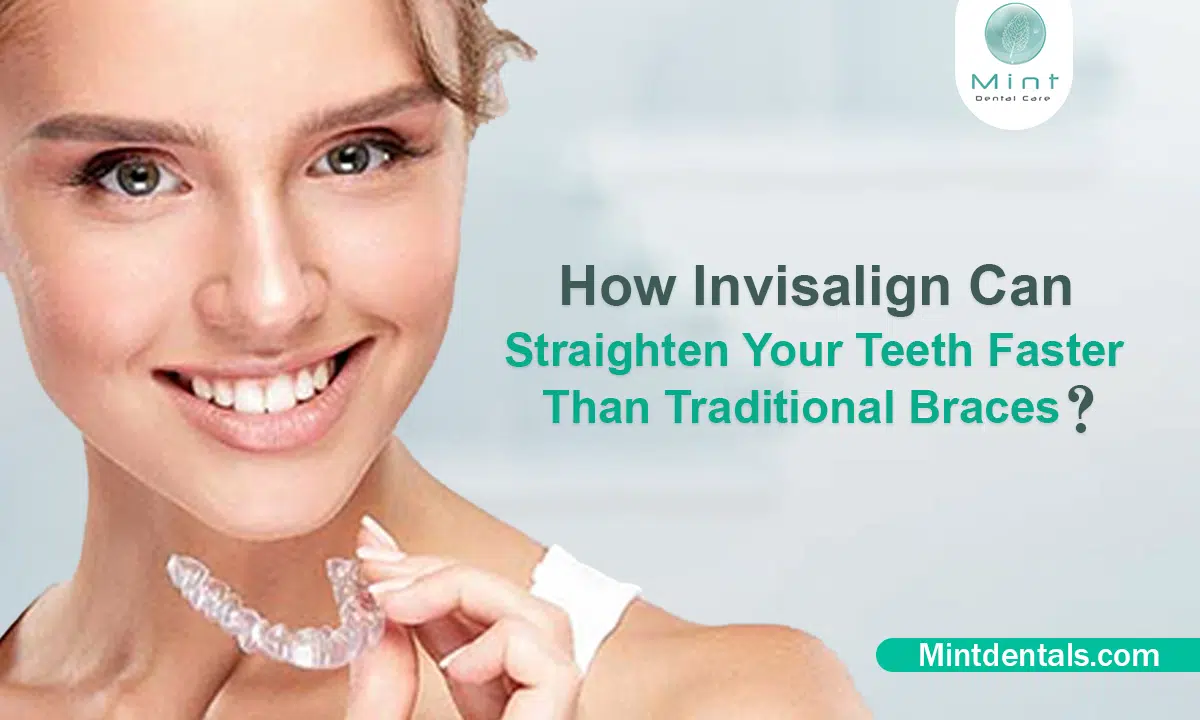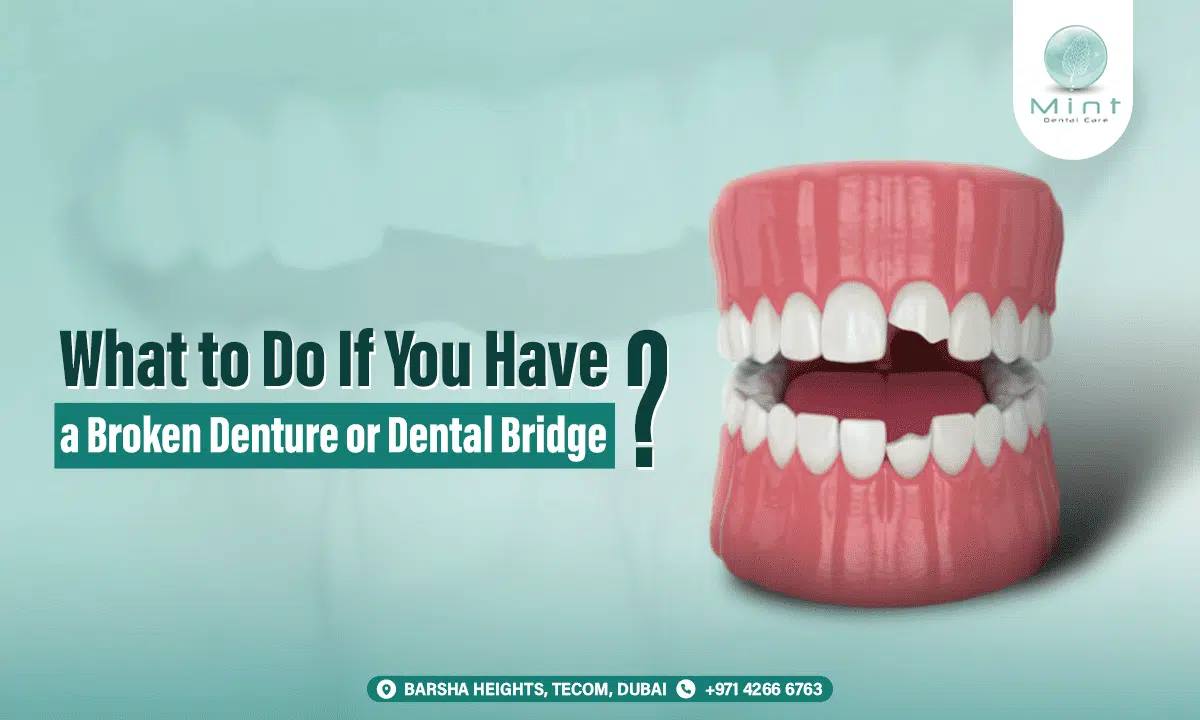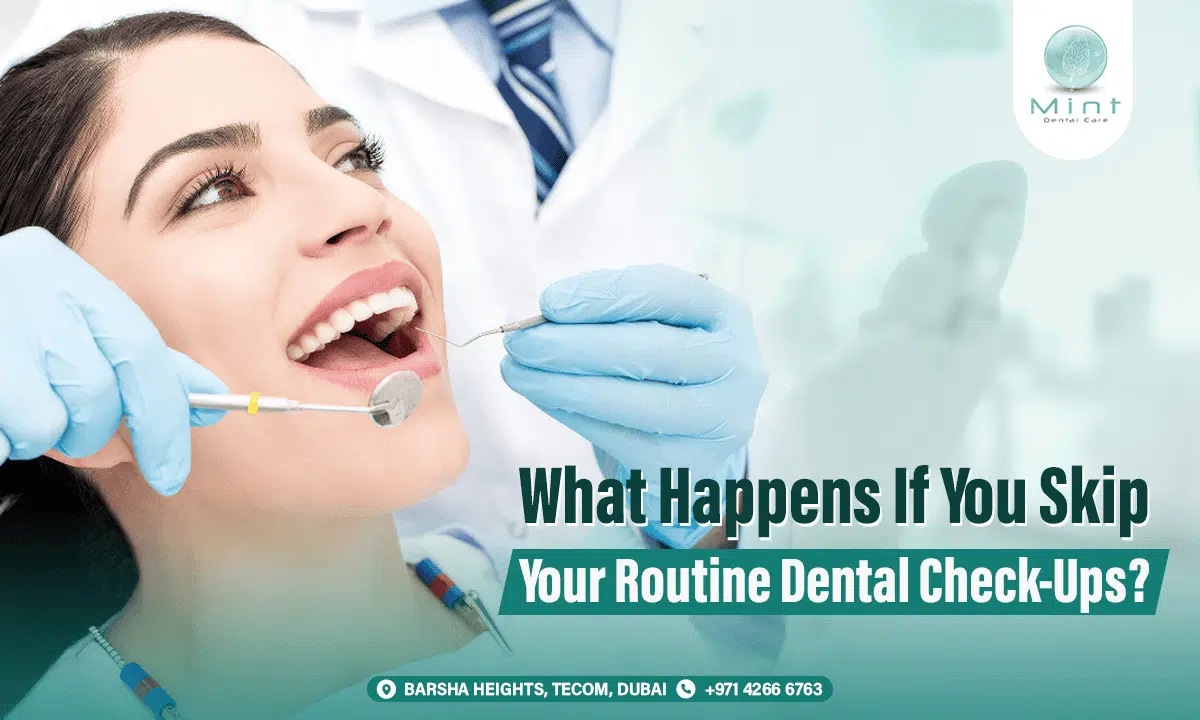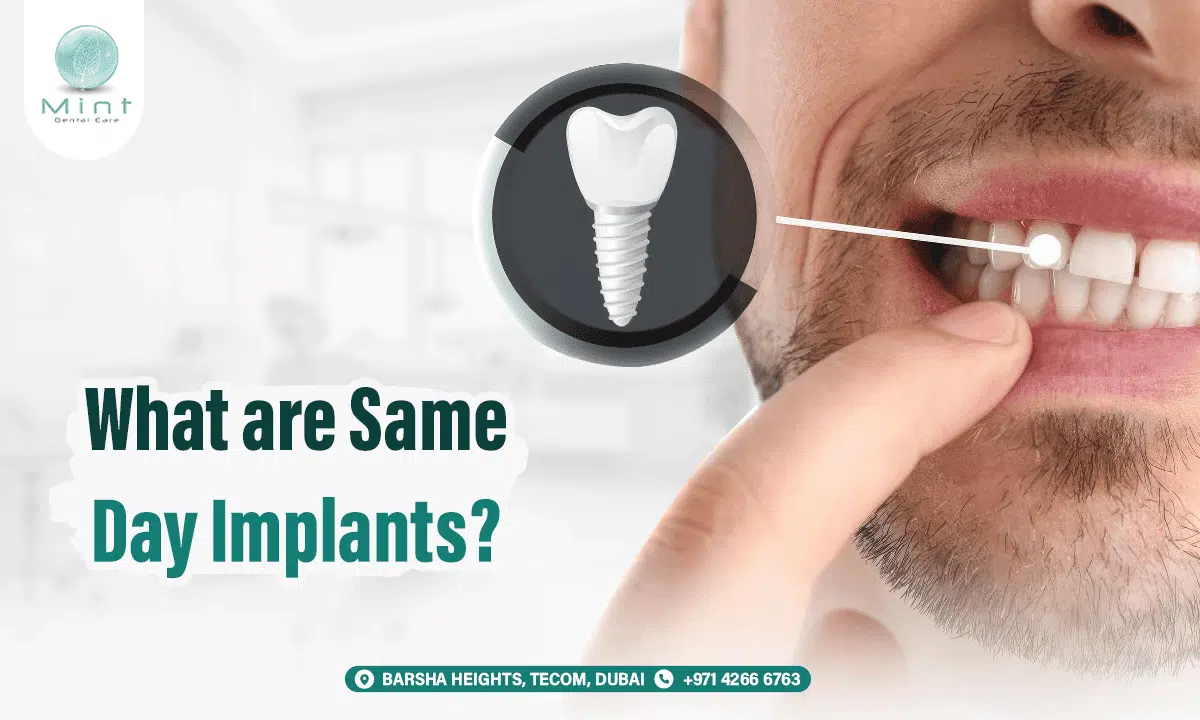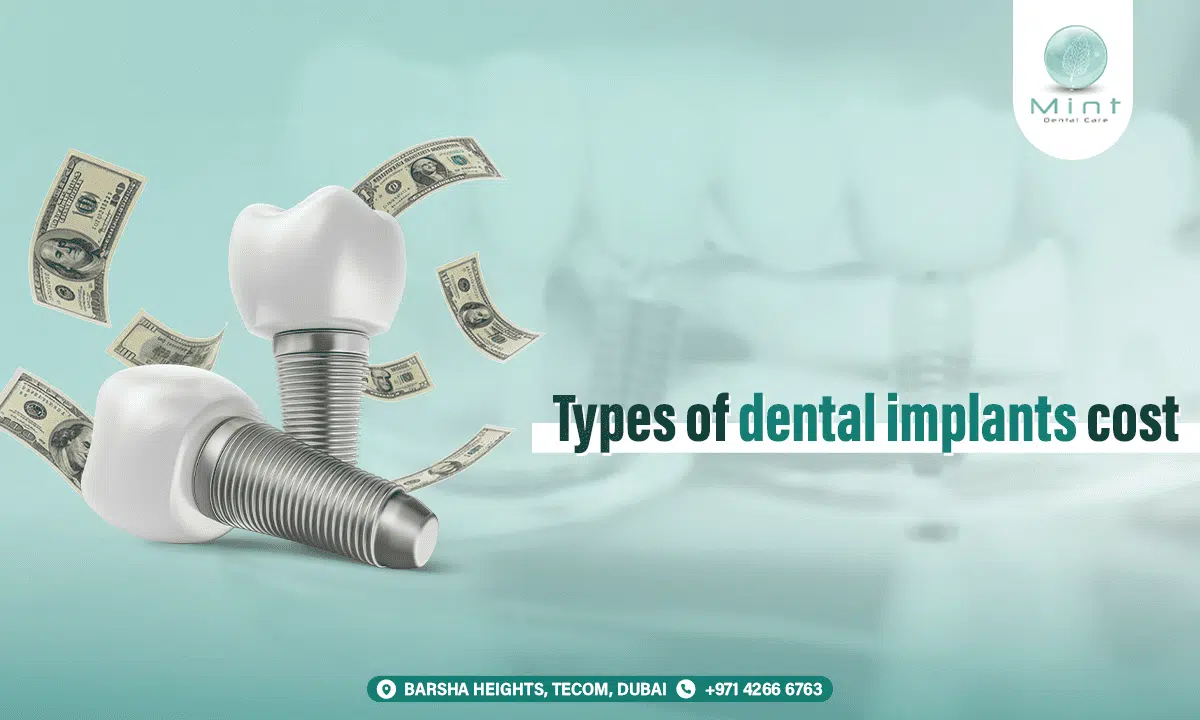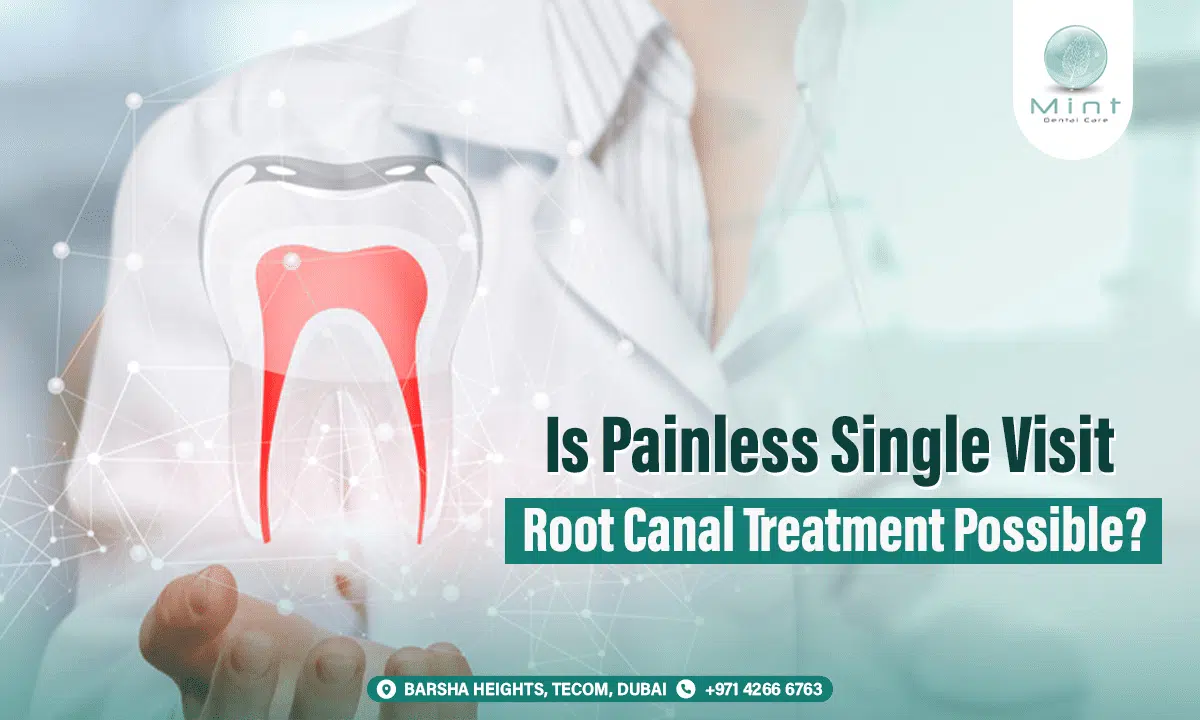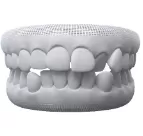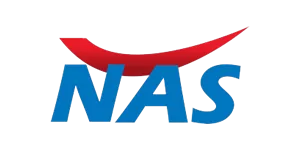Achieving a beautiful, straight smile is a goal many individuals pursue, and advancements in orthodontic treatments have made this more attainable than ever. Invisalign and traditional braces are two of the most popular choices for teeth alignment. While both treatments are effective, Invisalign often stands out for its speed and convenience.
This article explores how Invisalign can potentially straighten your teeth faster than traditional braces, addressing common questions to provide a clear understanding of how these treatments compare.
What Are Invisalign and Traditional Braces?
To understand how Invisalign may provide faster results than traditional braces, it’s essential to first understand how each method works.
- Invisalign uses a series of clear, custom-made aligners that fit snugly over your teeth. These aligners are virtually invisible, making Invisalign a preferred choice for those seeking a discreet treatment. Each set of aligners is designed to move specific teeth incrementally over time, applying gentle pressure to gradually shift the teeth into the desired position. You typically switch to a new set of aligners every one to two weeks as directed by your orthodontist. Unlike braces, Invisalign aligners are removable, allowing for easier eating, brushing, and flossing.
- Traditional braces involve metal brackets that are bonded to the front of each tooth. These brackets are connected by wires, which are periodically tightened to adjust the teeth’s positioning. Traditional braces are a robust solution for a wide range of dental issues, from minor misalignment to complex structural corrections. While visible, traditional braces are effective at aligning teeth by applying consistent pressure across the entire mouth.
Both treatments have their advantages, but Invisalign’s unique approach can often provide a faster path to a straighter smile.
How Does Invisalign Straighten Teeth Faster?
Invisalign’s primary speed advantage lies in its targeted, customized approach to moving teeth. Unlike traditional braces, which apply generalized pressure across the mouth, Invisalign aligners are designed to move specific teeth at precise times. Here’s a closer look at why Invisalign can work faster:
1. Precise Movement Control: Each Invisalign aligner set is tailored to target specific teeth, making it possible to guide individual teeth in small, controlled steps. This precision allows for a more efficient treatment process, as only the necessary teeth are moved at any given time.
2. Custom Treatment Plans with Advanced Technology: Invisalign uses advanced 3D imaging and computer-aided design to create a personalized treatment plan. The aligners are crafted using digital scans of your teeth, which ensures that every movement is mapped out from start to finish. This customization significantly improves the overall efficiency of the treatment, helping patients achieve results in a shorter time.
3. Constant but Gentle Pressure: Invisalign aligners are designed to be worn continuously for at least 20–22 hours daily, providing consistent, gentle pressure. This continuous force encourages steady progress, whereas braces may require periodic adjustments to maintain pressure, which can slightly delay progress.
Generally, Invisalign treatment can take between 7 to 18 months, while traditional braces often require 20–24 months to achieve similar results. However, the exact treatment duration depends on individual factors, which are essential to consider for an accurate timeline.
Is Invisalign Always Faster Than Braces?
While Invisalign has many benefits that can speed up treatment, it’s essential to understand that the timeline may vary depending on several factors. Let’s take a look at what can influence treatment time:
1. Severity of Dental Issues
Invisalign works efficiently for mild to moderate alignment issues, including gaps, slight overcrowding, and minor bite corrections. In these cases, the precision of Invisalign often provides faster results. However, for complex orthodontic issues like severe crowding, underbites, or extensive bite misalignment, traditional braces may be better suited due to their ability to apply stronger forces.
2. Patient Compliance
Invisalign’s effectiveness heavily depends on patient compliance, as the aligners need to be worn for a minimum of 20–22 hours daily. Any deviation from this requirement can prolong treatment. With traditional braces, compliance is less of an issue since they are fixed to the teeth, meaning they work continuously without the need for removal.
3. Individual Biological Factors
Everyone’s teeth respond to orthodontic treatment at different rates, influenced by factors such as bone density, age, and overall health. Some individuals may naturally experience faster progress, while others may take a bit longer, regardless of whether they are using Invisalign or braces.
These factors underline the importance of consulting with an orthodontist to determine the most suitable treatment based on individual needs and to receive an accurate estimate of the treatment timeline.
What Are the Benefits of Invisalign’s Speed?
Faster results are undoubtedly a major advantage of Invisalign, but the benefits extend beyond just speed. Here are some additional advantages of choosing Invisalign:
1. Shorter Treatment Time
For those eager to see results sooner, Invisalign can offer a shorter treatment period, especially in mild to moderate cases. A quicker treatment means you can enjoy a straightened smile sooner, enhancing confidence and satisfaction.
2. Fewer Orthodontic Visits
Invisalign requires fewer in-office visits compared to traditional braces, as there is no need for regular wire adjustments. Instead, patients simply switch to the next aligner set at home. This reduction in appointments makes Invisalign more convenient, particularly for individuals with busy schedules.
3. Increased Comfort
Invisalign aligners are custom-made from smooth plastic, reducing the likelihood of discomfort. Traditional braces, on the other hand, can sometimes cause irritation due to metal brackets and wires. For many patients, the gentle pressure of Invisalign aligners provides a more comfortable experience throughout the treatment process.
4. Enhanced Aesthetics
Invisalign aligners are clear and nearly invisible, allowing patients to maintain a natural-looking smile throughout treatment. This aesthetic advantage makes Invisalign particularly appealing to adults and teenagers who prefer a more discreet orthodontic solution.
Who Is a Good Candidate for Invisalign?
Invisalign is an excellent option for many individuals, but it may not be suitable for every case. Here are some factors to consider when determining if Invisalign is the right choice:
1. Types of Orthodontic Issues
Invisalign works best for mild to moderate cases, including minor crowding, spacing issues, and mild bite misalignments. For more severe issues, such as complex bite problems or extreme overcrowding, traditional braces might be more effective due to their ability to apply greater force and adjust intricate movements.
2. Age and Responsibility
Invisalign is suitable for both adults and responsible teenagers who can commit to wearing the aligners as directed. Teenagers may benefit from Invisalign’s compliance indicators, which help parents and orthodontists track wear time. However, younger children may struggle to adhere to the daily wear requirement, making traditional braces a more reliable choice for them.
How Does Invisalign’s Technology Make Treatment Faster?
The technological advancements behind Invisalign play a crucial role in the treatment’s speed and efficiency. Here’s how these innovations contribute to faster results:
1. 3D Imaging and Digital Scans
Invisalign treatment begins with a digital scan of your mouth, which eliminates the need for traditional, uncomfortable dental impressions. This digital scan is used to create a 3D model of your teeth, allowing orthodontists to design a precise treatment plan and visualize the movement of each tooth. The customized treatment plan maximizes efficiency and helps achieve quicker results.
2. Advanced Material
Invisalign aligners are made from SmartTrack material, a patented plastic that provides gentle yet effective force. This material was designed to optimize movement, and because it fits snugly over each tooth, it minimizes gaps or slippage, helping teeth shift more predictably. The result is a faster, smoother process for straightening teeth.
What Are the Advantages of a Shorter Treatment Time?
The shorter treatment time provided by Invisalign can positively impact various aspects of your daily life:
1. Improved Oral Health
A shorter treatment duration can help maintain better oral hygiene, as aligners are easier to remove for brushing and flossing. Traditional braces can complicate cleaning, increasing the risk of plaque buildup and gum disease.
2. Reduced Discomfort
The gentle, controlled pressure applied by Invisalign aligners can result in less discomfort than the pressure experienced with traditional braces. For many patients, this means a more pleasant treatment experience with fewer adjustment pains.
Why Choose Invisalign Over Traditional Braces?
Choosing between Invisalign and traditional braces depends on individual preferences, lifestyle, and dental needs. Here’s a quick comparison to help guide your decision:
- Aesthetic Appeal: Invisalign aligners are virtually invisible, making them an appealing choice for those who want a discreet treatment option.
- Convenience: The ability to remove aligners allows for easier eating, brushing, and flossing, whereas traditional braces remain fixed to the teeth.
- Comfort: Invisalign’s smooth aligners are typically more comfortable than braces’ metal brackets and wires, which can sometimes cause irritation.
- Faster Treatment Time: In many cases, Invisalign offers faster results, especially for minor to moderate corrections.
Conclusion: Is Invisalign the Right Choice for You?
Invisalign offers a compelling alternative to traditional braces, providing a discreet, comfortable, and often faster approach to achieving a straighter smile. However, it’s important to remember that the best treatment plan depends on individual needs and orthodontic issues. Consulting with an experienced orthodontist will help you determine whether Invisalign or braces are the best path to achieving your smile goals.
If you’re interested in learning more about Invisalign and how it compares to traditional braces, contact Mint Dental Care in Dubai today to schedule a consultation. Our expert team will assess your unique dental needs and guide you toward the treatment that best suits your lifestyle and smile aspirations. Book your appointment now to take the first step towards a beautiful, confident smile!
